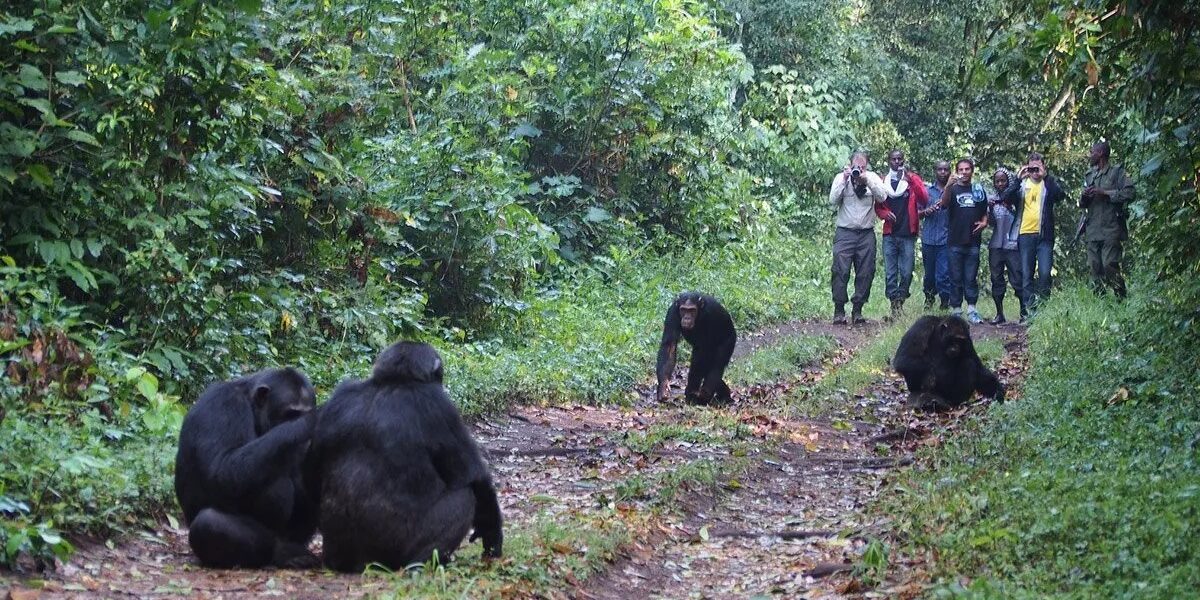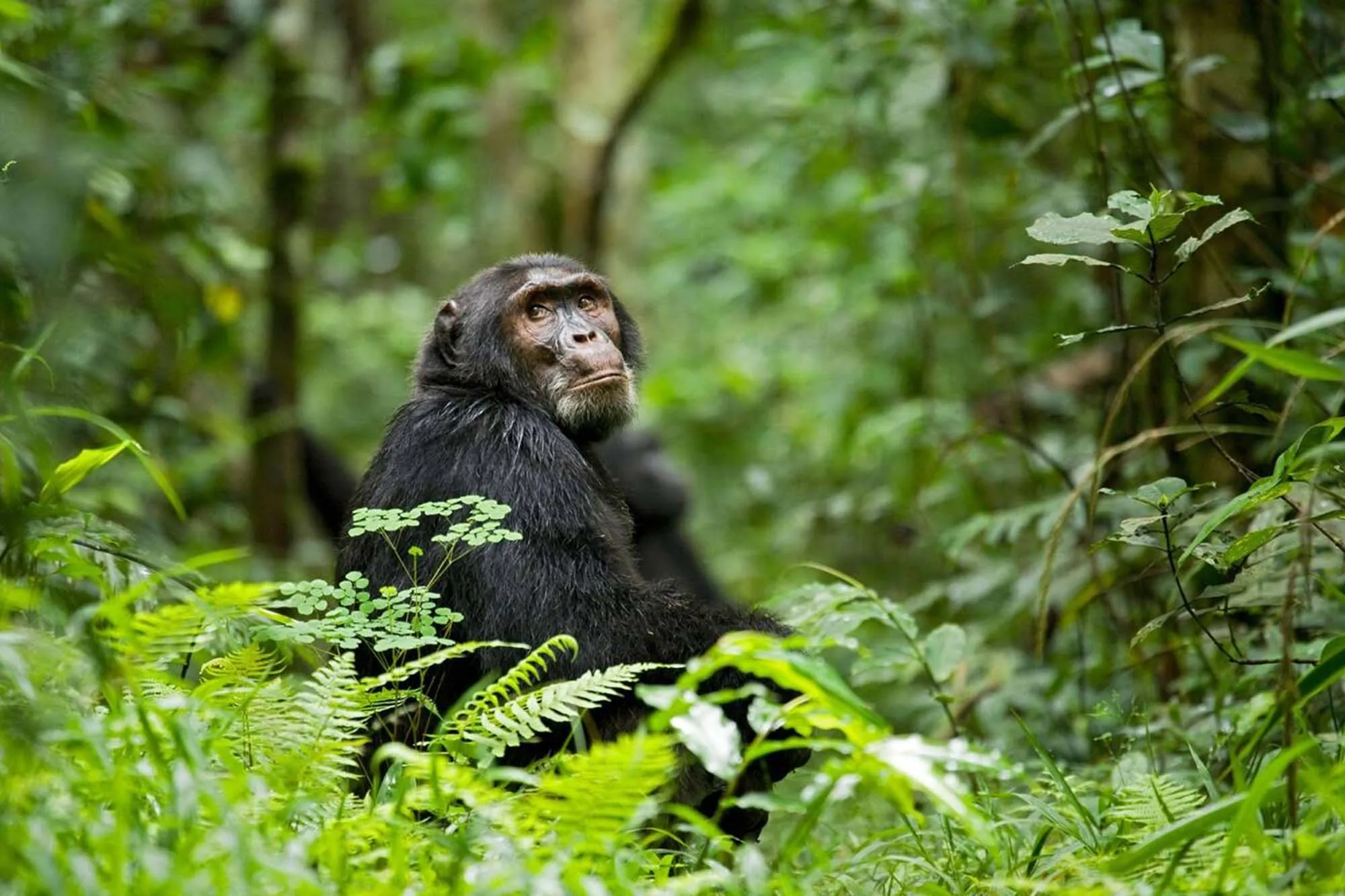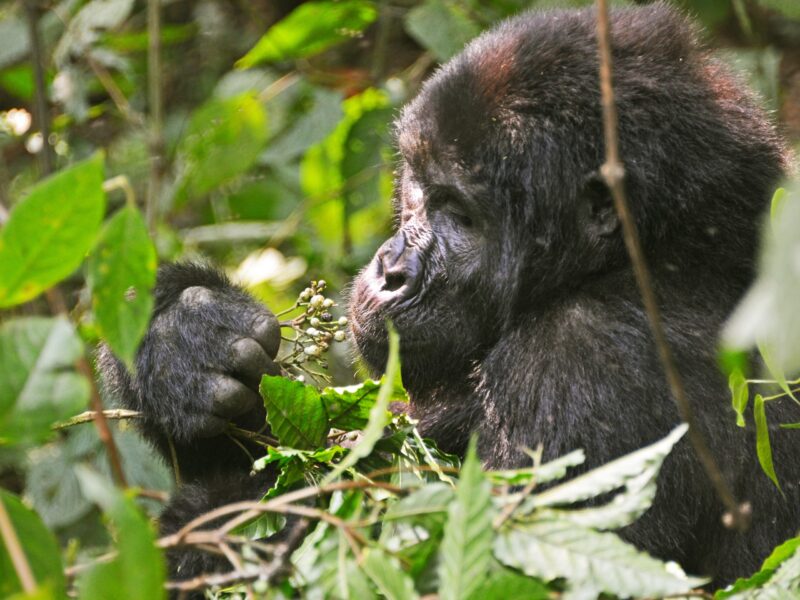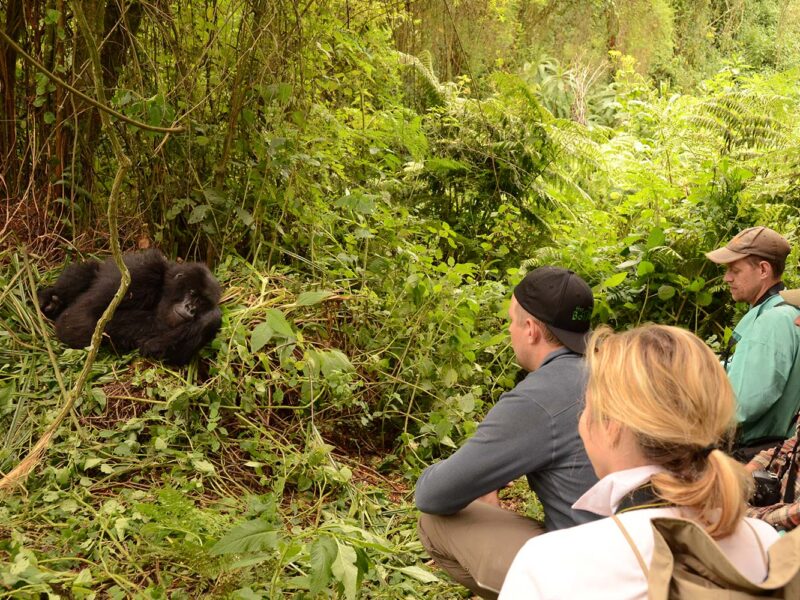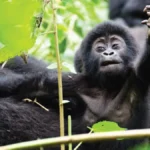
Where Can I Go for Gorilla Trekking in Uganda?
September 24, 2025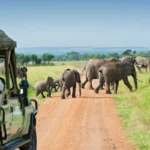
How Much Does a Game Drive Safari in Uganda Cost?
September 25, 2025Can I Take Photos During a Chimpanzee Tracking in Uganda?
Many travelers planning their dream safari often ask: Can I take photos during a Chimpanzee Tracking in Uganda? The answer is yes, but with important guidelines that protect the well-being of the primates and ensure a safe and memorable experience for visitors. Uganda is one of the most exceptional destinations in Africa for wildlife adventures, especially because it offers the rare opportunity to walk in the footsteps of humankind’s closest relatives. With over 5,000 chimpanzees spread across sanctuaries and national parks such as Kibale Forest, Budongo Forest in Murchison Falls National Park, Kalinzu Forest, and Kyambura Gorge in Queen Elizabeth National Park, Uganda has positioned itself as a global leader in sustainable primate tourism. For any traveler who dreams of taking part in Rwanda Safaris, Rwanda Gorilla Trekking Safaris, or combining those adventures with Uganda’s chimpanzee encounters, photography becomes a central part of storytelling and capturing lifelong memories. However, it is equally important to understand that chimpanzees are wild, sensitive, and highly intelligent beings whose survival depends on respectful tourism practices.
When considering whether you can take photos during a chimpanzee tracking safari in Uganda, you are not only exploring a personal memory-making journey but also entering into a broader conservation and cultural story. Each image you capture contributes to a global narrative about protecting Africa’s biodiversity while supporting local communities who depend on ecotourism. Through this article by Winton Africa Safaris, we explore the conditions under which photography is allowed, why ethical practices matter, how you can enhance your experience, and the possibility of combining Uganda’s chimpanzee trekking with Rwanda Wildlife Safaris, Rwanda Birding Safaris, or Rwanda Cultural Safaris for a fully immersive East African adventure.
Why Photography Matters During Chimpanzee Tracking in Uganda
So, can I take photos during a chimpanzee tracking in Uganda? Absolutely—but with responsibility. Photography plays a crucial role in wildlife tourism because it allows travelers to take home not just memories but also visual stories that inspire others to appreciate conservation. Whether it is the deep, thoughtful eyes of a chimpanzee, the excitement of the forest trek, or the cultural experiences along the way, pictures bring to life what words often cannot fully capture. However, chimpanzee tracking is unlike photographing animals from a safari vehicle in open savannahs such as those in Rwanda Safaris or Rwanda Best Safaris. Instead, it involves moving on foot through dense tropical forests where light, distance, and animal behavior determine how and when you can take the best shot.
Chimpanzees are fast-moving, curious, and often high up in the trees, making photography more challenging than gorilla trekking. To get clear photos, travelers are advised to carry cameras with good zoom lenses rather than relying solely on smartphones. Flash photography is strictly prohibited because it can startle the primates, alter their behavior, and even cause aggression. Rangers and guides from Winton Africa Safaris ensure that every guest understands these rules before entering the forest, which not only protects the animals but also enhances your own safety.
By understanding and respecting photography rules, travelers become more than just tourists—they become ambassadors of conservation. Sharing your photos with friends, family, and online platforms can spark curiosity about East African wildlife and encourage more people to support Rwanda Gorilla Safaris, Rwanda Chimpanzee Safaris, and other primate conservation initiatives. Photography is therefore both personal and purposeful—it captures memories while amplifying conservation awareness.
How to Prepare for Photography During Chimpanzee Tracking
When planning for a chimpanzee adventure, many ask: Can I take photos during a chimpanzee tracking in Uganda without missing out on the experience itself? The answer is yes, but preparation makes a significant difference. Chimpanzee tracking requires stamina, patience, and the right gear. The dense forests of Kibale or Kyambura Gorge are often humid, muddy, and filled with natural obstacles. As such, carrying lightweight equipment is advisable. A DSLR or mirrorless camera with a 70–300mm zoom lens works well, while a waterproof camera bag ensures your gear remains safe during sudden rain showers.
One of the best practices for travelers is striking a balance between taking photos and immersing yourself in the present moment. Spending too much time behind the camera may cause you to miss out on the magic of watching chimpanzees interact, groom, communicate, or display their intelligence. Guides from Winton Africa Safaris encourage guests to put down their cameras occasionally, observe with their eyes, and only take pictures once in position. This balance allows you to appreciate both the memory and the image.
Additionally, photography preparation should not stop with the gear. Travelers should also prepare ethically. Following guidelines such as keeping a seven-meter distance from the chimpanzees, avoiding loud noises, and never feeding the primates are essential for ensuring responsible tourism. This is equally emphasized in other East African experiences like Rwanda Cultural Safaris or Rwanda Birding Safaris, where the focus is on sustainable travel that benefits both people and wildlife. Ultimately, preparing well ensures that the answer to whether you can take photos during chimpanzee tracking in Uganda is not just “yes,” but “yes, with the best results possible.”
Can I Take Photos During a Chimpanzee Tracking in Uganda and Combine with Gorilla Trekking?
For many adventurers, another question arises: Can I take photos during a chimpanzee tracking in Uganda and then combine this experience with Rwanda Gorilla Safaris? The beauty of East Africa is that it allows travelers to blend different safari experiences into a single itinerary. After photographing chimpanzees in Kibale Forest, you can journey across to Bwindi Impenetrable National Park for gorilla trekking, or cross into Rwanda’s Volcanoes National Park for world-famous Rwanda Gorilla Trekking Safaris. This combination not only enhances your safari but also enriches your photographic portfolio with two of the most iconic primates on earth.
The advantage of combining chimpanzee trekking in Uganda with gorilla trekking in Rwanda lies in the diversity of experiences. Chimpanzees are energetic, vocal, and always on the move, making photography dynamic and unpredictable. Gorillas, on the other hand, are calmer, more sedentary, and allow for more composed photography. The contrast between the two creates a complete story of Africa’s primates—one that few travelers in the world get to tell through their photos.
Beyond primates, travelers can extend their journeys into Rwanda Wildlife Safaris in Akagera National Park, Rwanda Birding Safaris on Lake Kivu, or Rwanda Cultural Safaris in the Iby’Iwacu cultural village. Each destination offers new photographic opportunities that go beyond primates—capturing landscapes, bird species, and vibrant cultural traditions. By combining safaris across borders, travelers not only maximize their adventure but also strengthen the narrative that East Africa is the ultimate photographic and cultural destination.
Cultural Experiences That Complement Chimpanzee Photography
While most travelers focus on primates, it is worth asking: Can I take photos during a chimpanzee tracking in Uganda and still explore cultural experiences? Yes, and doing so makes your safari richer. Uganda and Rwanda are cultural treasure troves where traditions, music, dance, and crafts form part of everyday life. After tracking chimpanzees in Kibale Forest, for example, you can visit local communities such as the Bigodi Wetland Sanctuary, where community-led tourism projects introduce visitors to basket weaving, storytelling, and traditional music performances. Here, photography extends beyond wildlife—it becomes a tool for preserving human stories and showcasing African heritage.
Similarly, combining your chimpanzee tracking in Uganda with Rwanda Cultural Safaris allows you to engage with traditions that have been preserved for centuries. From visiting the King’s Palace Museum in Nyanza to participating in cultural dances in Musanze, Rwanda offers endless opportunities for travelers who wish to capture the essence of African identity. Taking photos in these settings must also be done respectfully, always asking for permission and understanding the cultural significance of each moment.
By blending wildlife and culture, your photographs become a holistic representation of East Africa—an authentic story that balances the natural with the human. For Winton Africa Safaris, this approach embodies the essence of tourism: creating lasting connections while empowering local communities. When shared globally, these cultural and wildlife images encourage responsible tourism and position both Uganda and Rwanda as must-visit destinations for anyone interested in Rwanda Best Safaris or Rwanda Chimpanzee Safaris.
Conclusion: Building Memories Through Responsible Photography
So, can I take photos during a chimpanzee tracking in Uganda? Yes, you can—and you should—provided you follow the conservation guidelines that keep both travelers and chimpanzees safe. Photography is more than a personal souvenir; it is a bridge between cultures, a record of conservation efforts, and a story that inspires others to explore Africa responsibly. Uganda’s chimpanzee trekking is unique in its intensity and intimacy, offering travelers a once-in-a-lifetime chance to connect with primates that mirror so much of our human behavior.
For travelers seeking to elevate their adventure, combining chimpanzee trekking with Rwanda Gorilla Safaris, Rwanda Birding Safaris, or Rwanda Wildlife Safaris creates an unmatched East African journey. Each photo taken becomes a piece of the larger narrative—one that celebrates wildlife, culture, and the resilience of communities that thrive alongside these treasures. At Winton Africa Safaris, we believe in crafting experiences that go beyond sightseeing. We craft journeys that enrich, educate, and empower, ensuring that every traveler leaves not just with photos, but with a deeper sense of purpose in supporting conservation and cultural heritage.
By choosing to explore chimpanzee trekking in Uganda while combining it with Rwanda’s best safari experiences, you are not just answering the question about photography—you are creating a legacy of responsible travel. The forest awaits, the chimpanzees are calling, and your camera is ready to capture moments that will echo for generations.

